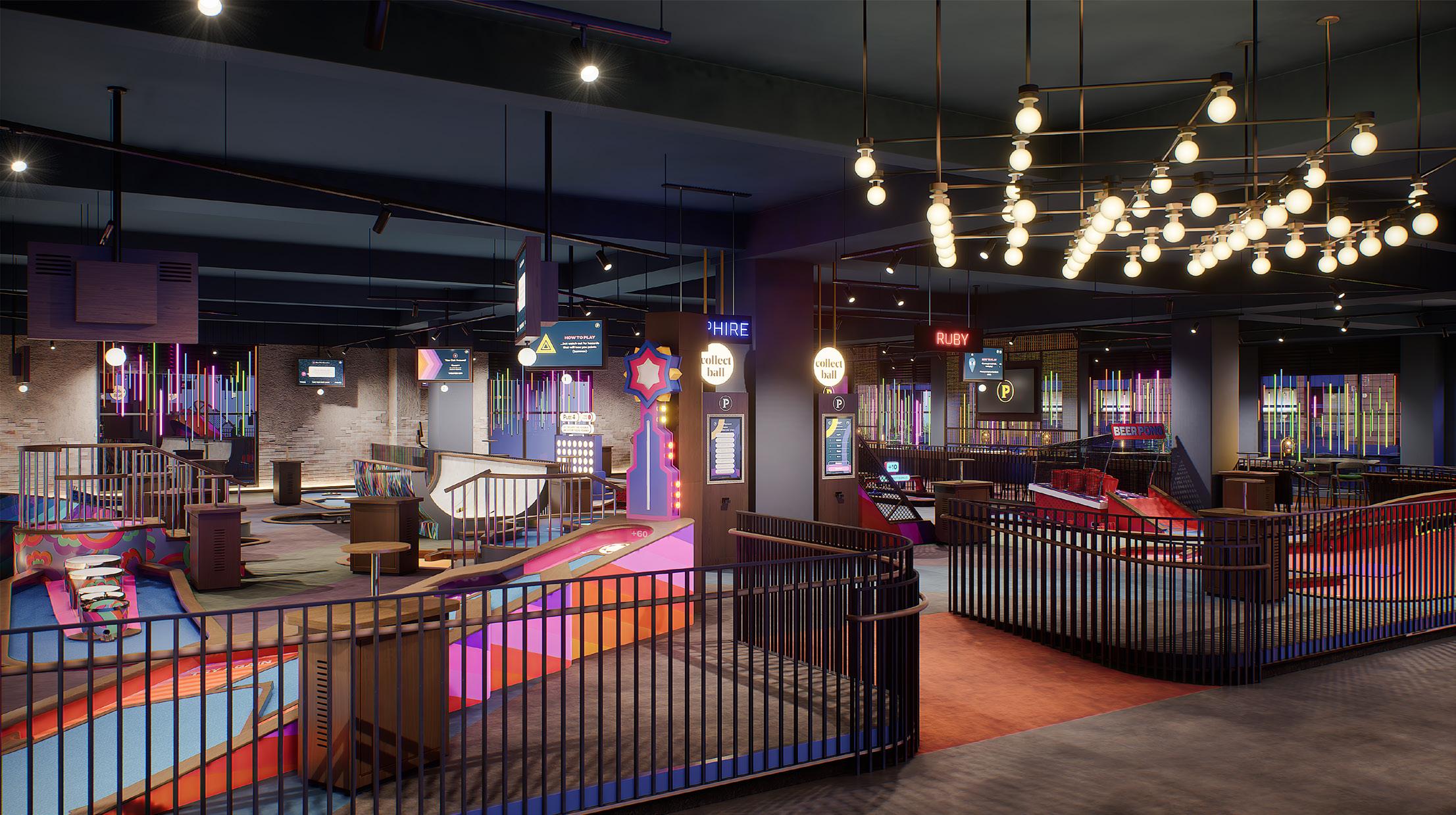
3 minute read
BACK TO MORE NORMAL BUSINESS
BY DEBRA HAZEL
It felt like 2019 all over again — but maybe better.
A successful ICSC Las Vegas conference in May saw enthusiastic tenants and optimistic landlords as the industry continues to reinvent itself after the pandemic and its lingering after-effects.
Owner/managers reported strong interest in tenants looking for space, even as the nature of those tenants shifts from merchandise to experience based.
“Leasing is still good this year. It’s strong on top of a strong 2021 and 2022,” said Matthew Harding, CEO of Levin Management. “Our industry evolves so much because retail always evolves.”
Levin’s leasing pipeline is extending into 2024, and JLL reported that it is leasing 16 to 18 months out, so great is the demand.
“We were really proud of the buzz and the energy,” said Whitney Livingston, president of the rapidly expanding Centennial Real Estate. “The people were there to do business, and every meeting had some sort of action item.”
Low construction rates over the last 10 years have resulted in some of the best fundamentals the industry has seen, noted Brandon Isner, head of retail research for the Americas, CBRE. In addition, more than 50 million square feet of retail space has been removed from the market since 2003, including 10 million square feet within the past five years as poorly performing space was closed and converted to other uses. The result is a competition for space.
The suburban mall was the first category to reinvent itself, and it has continued to attract new tenants, including luxury brands and food and beverage operators that previously had sought downtown locations. Yet even underperforming malls can have a silver lining, making them prime for reinvention, Isner continued. It’s important to remember that a struggling mall isn’t necessarily poorly maintained or in a bad location.
“They could just be the third best mall in a great trade area,” Isner added.
And a chief component in upgrading a center could be adding experiences such as dining options or more elaborate, arcade-like activities.
“How does the US consumer find the new places to shop?” said Naveen Jaggi, president, Retail Advisory Services at JLL. “Sixty-five percent of malls are soft goods-oriented. That’s not sustainable over the next 10 years.”
In essence, shopping centers are trying to find new ways to be what they’ve always been — a core for the community.
“When you look back at the history of retail, shopping was entertainment,” Livingston said. “It was something to do, a place for the community to gather and for people to just hang out. But we’ve seen consumer behavior change.”
Today, entertainment focuses on food and beverage and socialization at happy hours, and even the plazas being built today, while making room for new entities including American Ninja Warrior

Adventure Park and sports facilities including Puttshack and pickleball courts.
In its “Entertainment Report 2023,” JLL observed that in Q4 2022, spending on dining out in the U.S. grew by 13.7% yearover-year. Spending at amusement parks and arcades grew by 20.6% year-overyear. The firm identified 503 entertainment concepts (including art installations, bar arcades, competitive games, esports, trampoline parks and virtual reality) with multiple planned or existing locations.
Care must be taken, observed James Cook, Americas director of research, retail at JLL, to distinguish between more traditional experiential retailers and tenants that are experiences in themselves, usually charging an entrance fee. For these, landlords must examine how many times a visitor returns or whether a tenant is something that is visited once.
Many new concepts, interestingly, may come from overseas, Jaggi said, including Funlab from Australia, which boasts multiple concepts within its parent company. Hollywood properties are another option.
Making the deal work, however, is a major challenge. Depending on the work needed, a payback for the landlord’s construction investment could be as long as seven years. Whether a concept will still be relevant by then is a serious consideration. New takes on tried-and-true experiences such as darts or gaming can be a lot more attractive — and if the senior executives have a strong track record, that’s a bonus.
“There is enormous demand, but it’s a matter of cost and risk,” added Kristin Mueller, president, retail property management of JLL. “If there’s a kitchen component it’s even more expensive. We try to amortize back into rent.”









